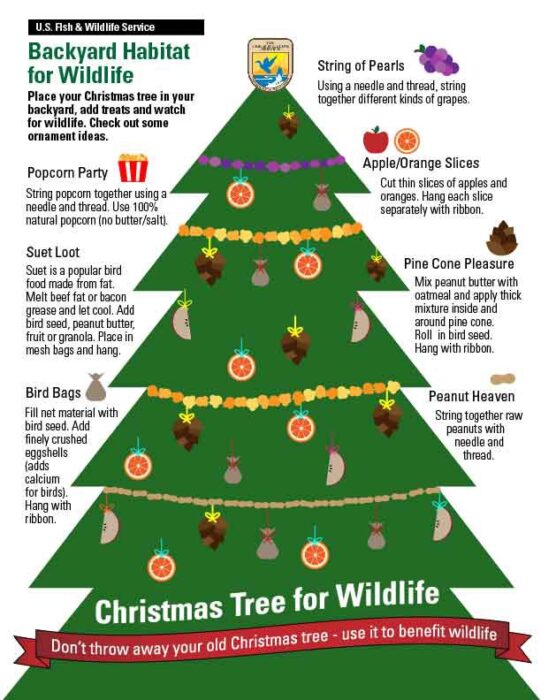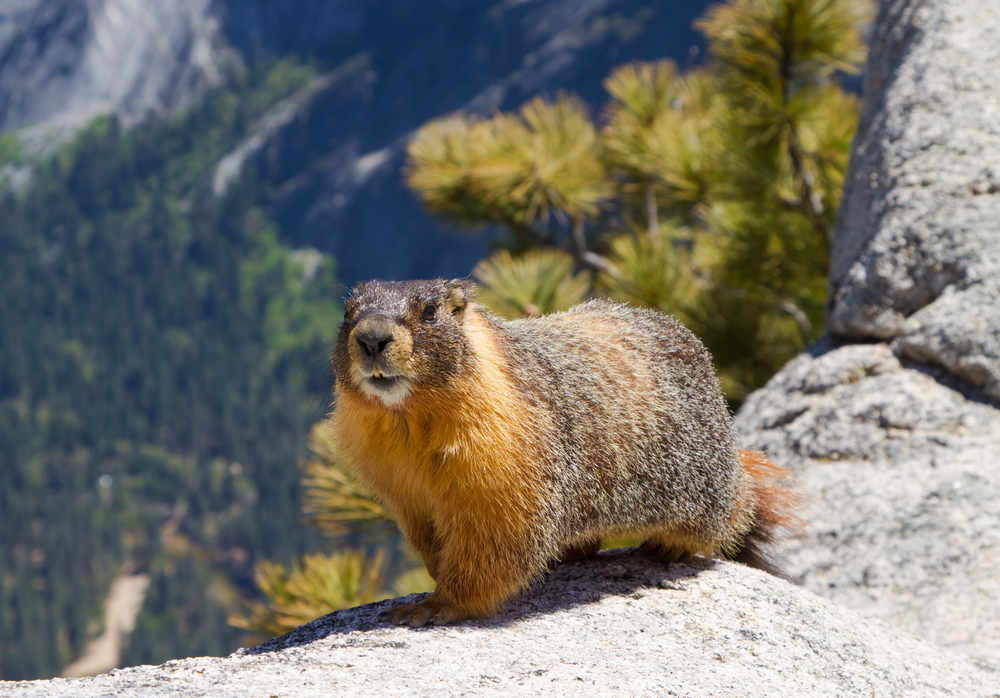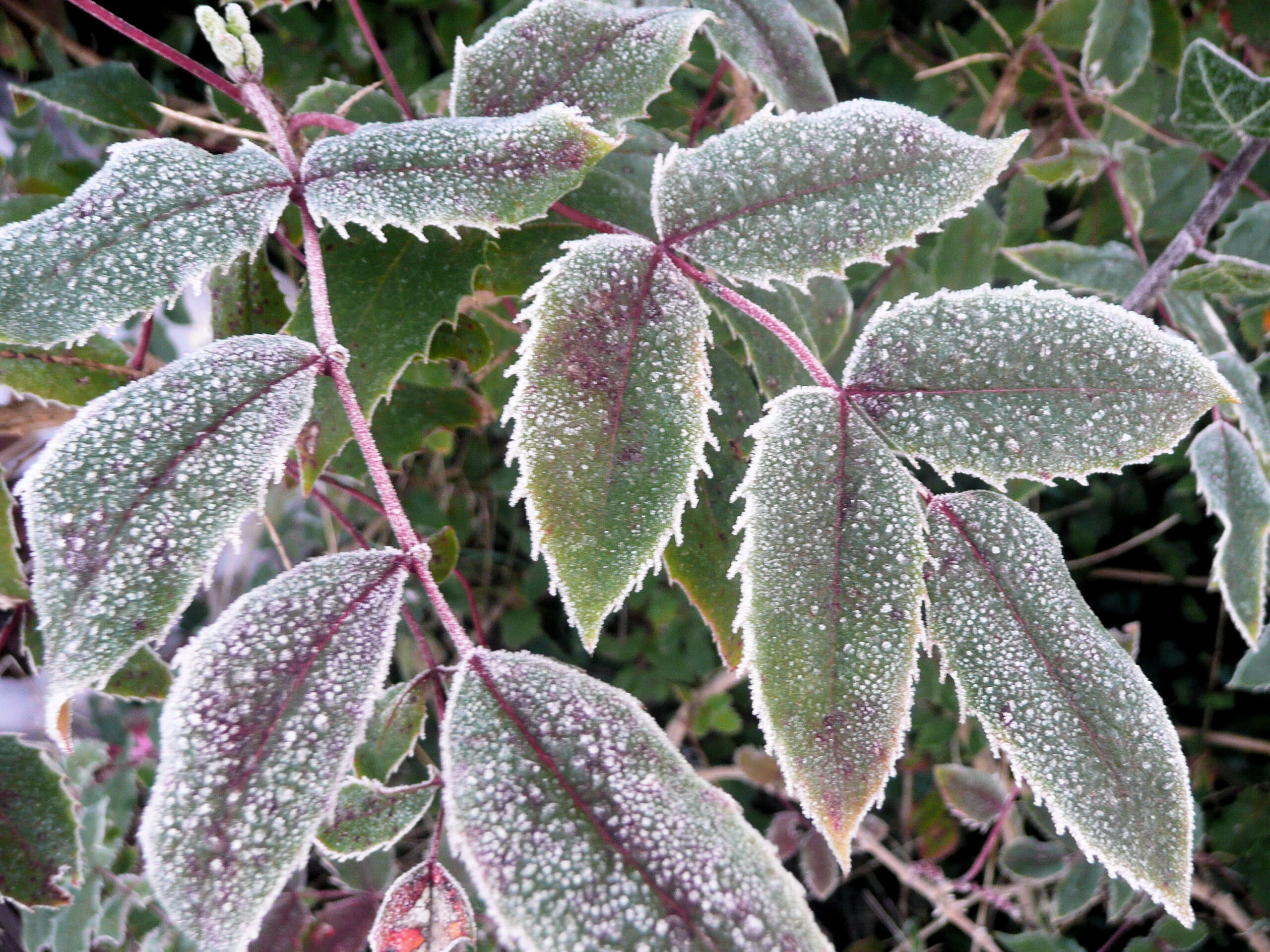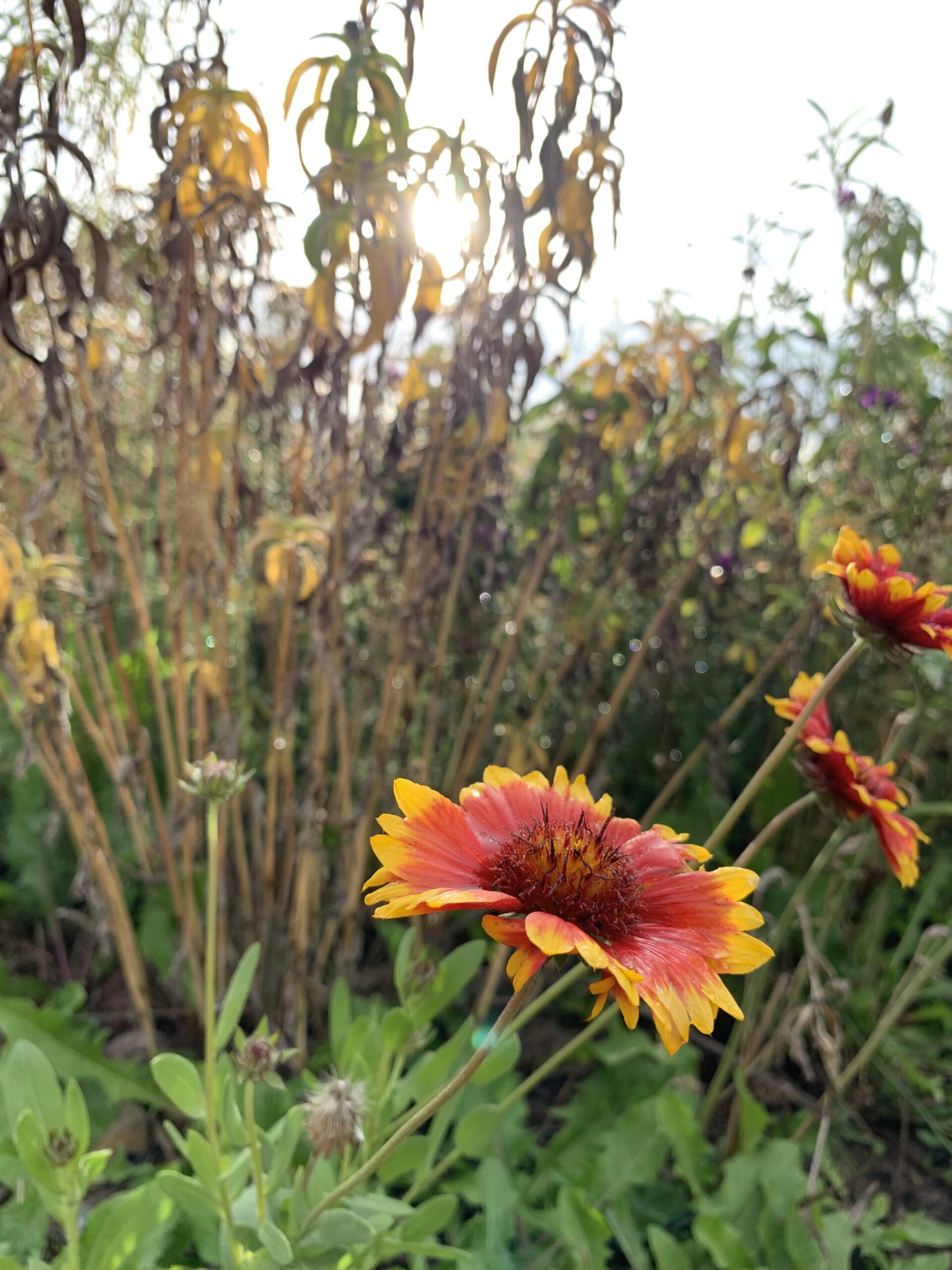By Jessie Walthers, Conservation Program Manager Groundhog Day. Who doesn’t love this most random of…
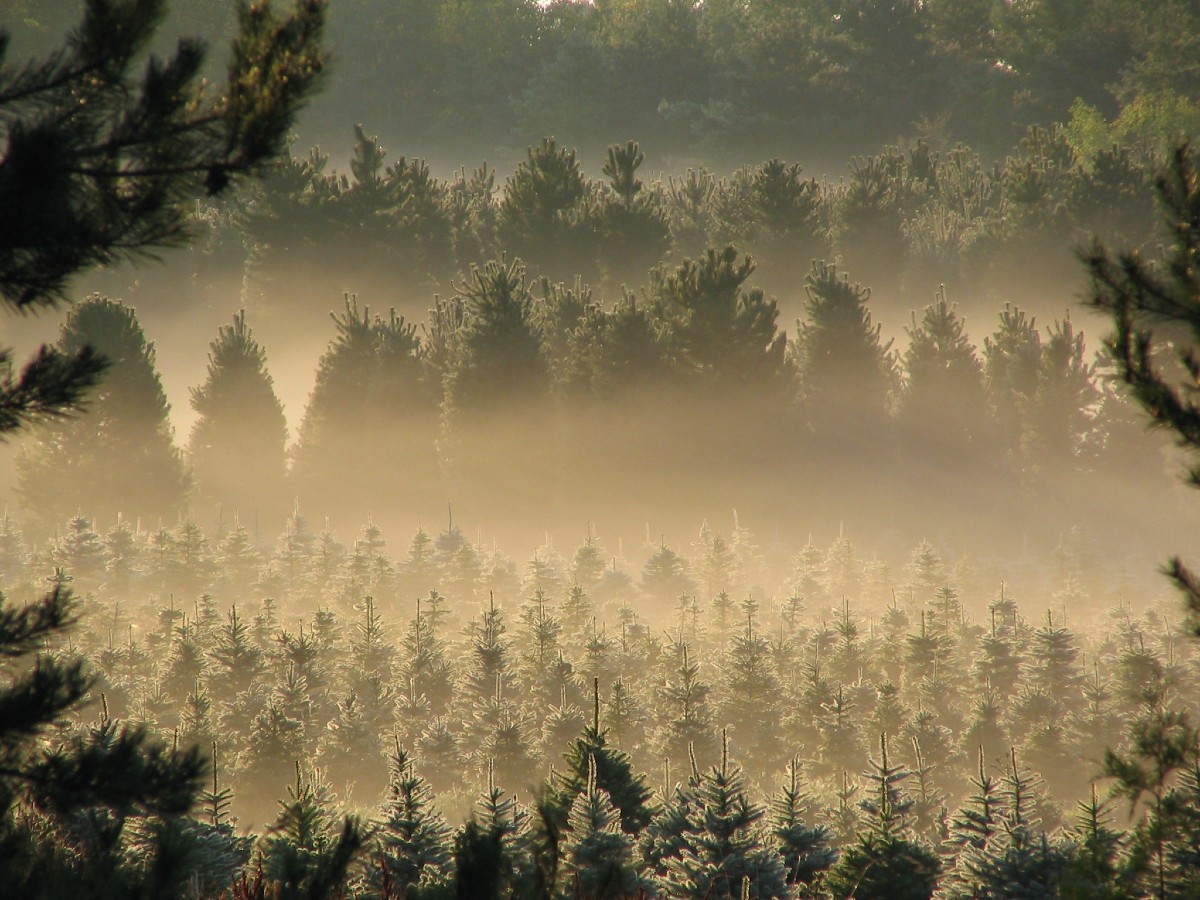
Give Back This Holiday Season: Upcycle Your Evergreens
By Samantha Tappenbeck
Using evergreens for holiday decorating is a long-standing tradition in many parts of the world. In the United States alone, there are approximately 25-30 million Christmas trees sold every year, and there are nearly 350 million trees currently growing on Christmas tree farms1. Evergreen trees, garland, and wreaths adorn the insides and outsides of our homes over the holiday season. However, at the end of the holiday season the Christmas tree begins to droop and drop needles, and garland suddenly feels out of place. You’ve removed all of the ornaments, tinsel, and lights, and you’re ready to move the tree out. Rather than sending your once-magical evergreen boughs to the landfill, consider upcycling these materials instead!
Evergreen trees are a renewable and recyclable resource and can provide many benefits before and after harvest. You can provide wildlife habitat by setting up your old Christmas tree outside and decorating it…again! The U.S. Fish and Wildlife Service has created a handy guide to adorning your tree for wildlife. This can be a fun activity for the family and provides a great opportunity to observe wildlife in your own backyard. If you decide to redecorate your tree for wildlife, make sure to wait until bears are soundly asleep in their dens for the winter. Bird seed and other treats can be an attractant to bears.
If you had enough fun decorating the tree the first time around, one of the easiest ways to upcycle an old Christmas tree for the benefit of wildlife is to create a brush pile. If you have space in your yard, use your tree as a base, and add leaves, logs, and twigs over time to provide wildlife habitat. Brush piles offer food and shelter to mammals, and overwintering habitat for pollinators and other beneficial bugs. Further, if you have a pond on your property, sinking your Christmas tree can provide habitat and cover for small fish. If you do not have yard space or a pond, there are other ways to upcycle your tree into wildlife habitat. Depending on where you live, there may be local tree recycling programs to which you can donate your tree for wildlife habitat restoration. Donated Christmas trees are used across the country for wildlife and fish habitat restoration projects2.
Another option is to recycle your evergreen materials into mulch. Wood mulch has many beneficial uses such as enriching your soil as compost, covering and insulating your garden beds, surfacing walking paths, or landscaping around ornamentals. A word of caution: if you intend to turn your evergreen materials into mulch or compost, do not use any fire-retardant chemical sprays. Many Christmas tree growers also apply chemical herbicides or insecticides. If any of these chemicals were used on your evergreen materials, the chemical residues may persist in your mulch or compost. In this case, consider using wood mulch for landscaping or walking paths, rather than in your garden as compost or mulch that will be incorporated into plants for consumption. Here in Montana, many urban and suburban areas offer curbside Christmas tree collection during the first two weeks in January. The trees are typically chipped and turned into mulch and made available for free to city or county residents3.
There are lots of great options for upcycling your evergreen holiday decorations into something that benefits the environment. If you’re interested in learning more about conservation practices that spread holiday cheer, contact Flathead CD!
1https://realchristmastrees.org/education/quick-tree-facts/
3http://www.pickyourownchristmastree.org/MontanaTreeRecyclingDisposal.php

